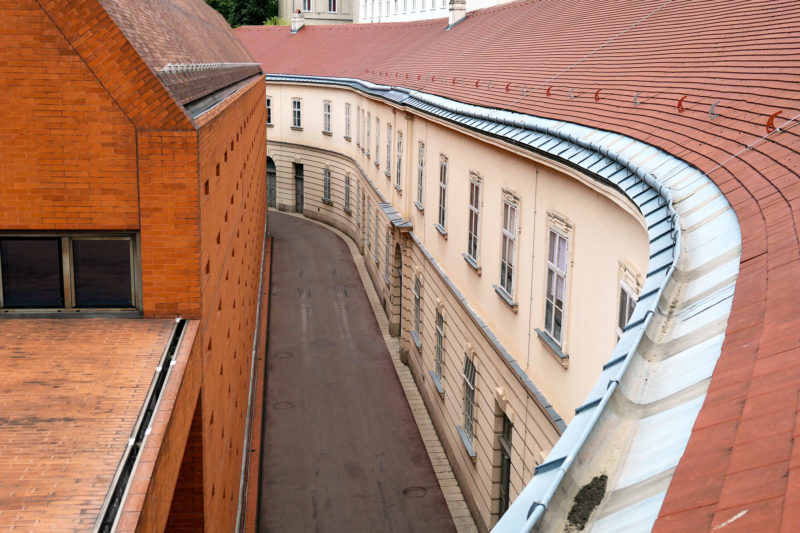“We rarely see tourists here,” said the friendly woman at the neighboring table at a cafe. “Are you looking for something specific? Have you finished the central district with all the palaces?” No and no were the respective answers – just wandering off the beaten path. Although impressed by the architectural symbols of power and wealth around the monumental palaces and national buildings, the beauty of a city that breathes history at every street corner, I am always more curious to see how people actually live.
Neighborhoods in the 6th and 7th district, for example are incredibly diverse, both with regard to architectural substance and groupings of wealth – some ritzy enclaves exist right next to streets and passages that have seen better times, approximately 300 years ago….
To give you a taste, I’ll first post some images of central Vienna, with its museums and imperial buildings.
Next there are your average neighborhoods, with a few new modern buildings thrown in, and with some streets that have the old core buildings intact and nicely renovated on one side, and ugly 1950s housing on the other erected after bombs destroyed the old substance.
Here are some incredible details that can be found on buildings everywhere.
And here is the truly interesting history: The planned housing of Red Vienna. (The following tidbits are excerpts of a comprehensive article on the socialist politics of Vienna in the 1920s) https://www.jacobinmag.com/2017/02/red-vienna-austria-housing-urban-planning
The granting of the right to vote to women and workers in 1918 led to an immediate rise to power by the Austrian social democrats. Through tax-based wealth redistribution, they engaged in massive investment in infrastructure after the catastrophe of world war I in general and in decommodifying shelter in particular. Vienna in the 1920s was the 5th largest city in the world and had catastrophic housing conditions. Trying to undermine speculation, the government bought up property, becoming the single largest real estate owner in the city by 1924. Between 1923 and 1934, it built over sixty thousand new apartments, which also served as job creators.
One huge project was the Karl Marx Hof, a massive apartment complex with 1400 units that hailed green inner courtyards, running water and toilets in each apartment, and in some areas communal kitchen to lighten the load of working women, and strengthen community ties.
“Neither the complexes nor the various companies and services established to support them were intended to make a profit. The city administration continued to run public services like gas, water, power plants, and public transportation and pushed to take over private industries including garbage disposal and the canals.Rents were calculated to cover these operating costs and nothing more; in 1926, they averaged about 4 percent of a worker’s monthly wage.”
With the advent of the economic crisis of 1929 and the festering conflicts of the urban/rural divide things went downhill fast. Loans from the League of Nations were to tie over the republic, but with austerity measures as strings attached. Restructuring programs dismantled the social infrastructure and actively slashed workers’ rights. Add the Nazi take-over, and the socialist dream was toast.
Today you can still visit the site and see the apartments, but history has not been on the side of socialist ideals, now even less so after the last election…..






















